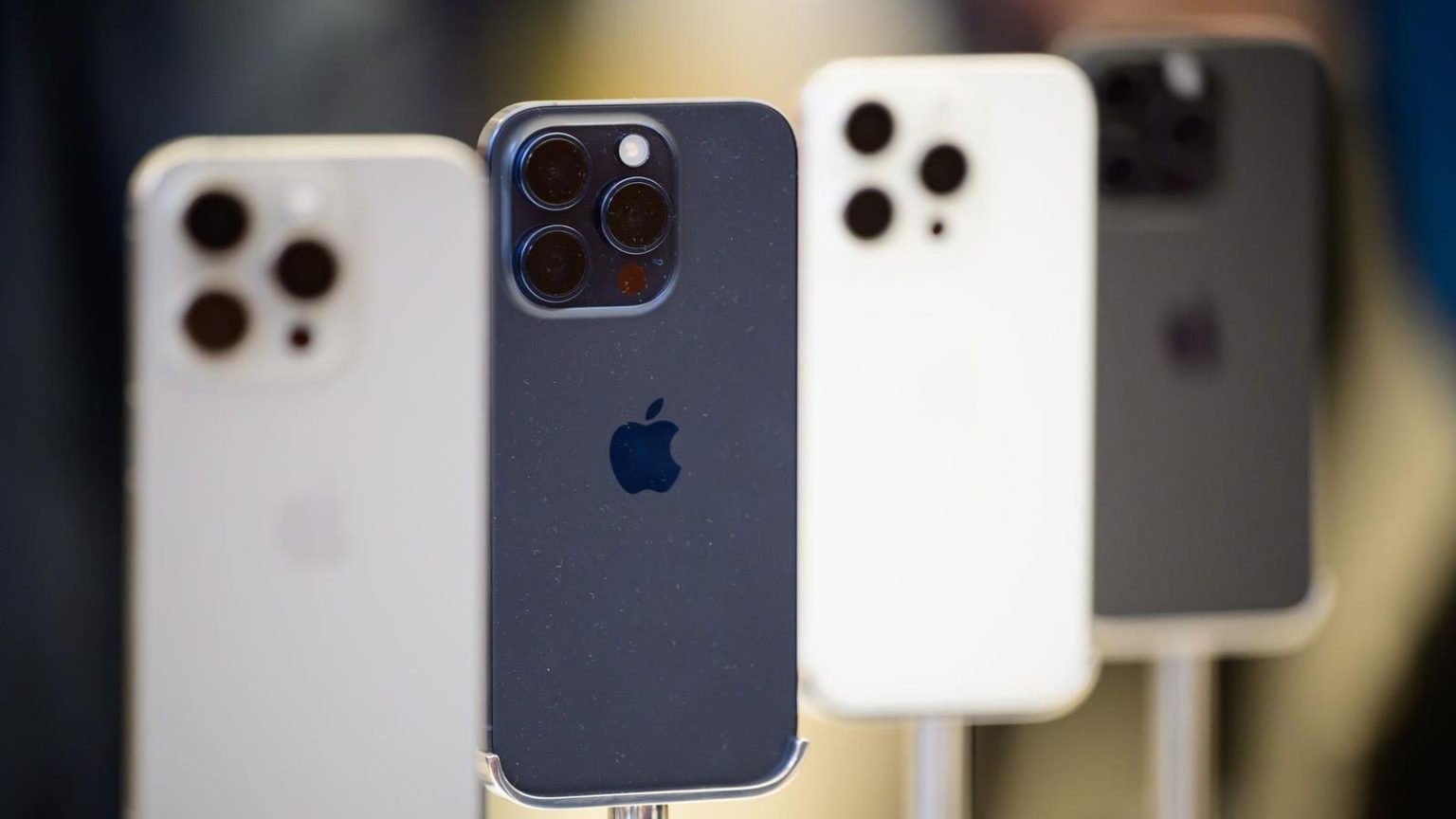Taking a look back at another week of news and headlines from Cupertino, this week’s Apple Loop includes the iPhone 16’s missing feature, Apple’s modem fight, iPhone SE leaks, the hidden MacBook Air, a Mac touchscreen, sideloading arguments, and more Apple Vision Pro launch dates.
Apple Loop is here to remind you of a few of the very many discussions that have happened around Apple over the last seven days (and you can read my weekly digest of Android news here on Forbes).
iPhone 16 Drops Popular Feature
Apple looks set to go all-in on FaceID, with reports this week that the iPhone 16 family of handsets will drop the fingerprint-based TouchID. It’s not going away completely, but for the main smartphone line, it’s a case of look but don’t touch.
“The devil is in the detail here: the report says that it’s concerning the Touch ID used for the iPhone, so this doesn’t suggest that the iPad is affected. After all, the Touch ID mechanism used in all iPads apart from the ninth-generation iPad and the Face ID-capable iPad Pro is different.
(Forbes).
Apple’s Modem Fight
Apple has admitted a temporary defeat in its quest to design and build its own modem for the iPhone and iPad. It may have purchased Intel’s modem division in 2019, but it has extended its deal with Qualcomm out to 2026:
“Apple aimed to bring its modem hardware to the iPhone design in early 2025, targeting the presumptively named iPhone 17. It is reported that even that date has slipped by potentially up to a year. That would take the plans for the modem launch into the very final year of the current Qualcomm/Apple contract.”
(Forbes).
The Next iPhone Looks Like This
Yet Apple’s next iPhone may not be the iPhone 16 family. The iPhone SE’s mid-range “budget” option may pick up an update in 2024. There are enough details out there to put together a good concept render, as 4RMD did this week:
“What stands out first is the refreshed design. The current iPhone SE uses a design first established by the iPhone 6 when it was launched nine years ago in 2014. The next SE is expected to follow the all-screen design introduced by the iPhone X in 2017, with the harsher edges first used on the iPhone 12. That should give the iPhone SE a design that echoes previous Apple smartphones but retains its own character and identity.”
(Forbes).
The Hidden MacBook Air
While Apple did not launch a MacBook Air alongside the new M3 chipsets—presumably to reduce the demand on the 3nm silicon also used for the iPhone 15 Pro and 15 Pro Max—the smallest MacBook Pro has some curious design touches inside that suggest the MacBook Air M3 design is locked in:
“As teardown and repair specialists iFixit noted, the M3 MacBook Pro has just a single fan, substantive changes (primarily by omission) on the main circuit board and a larger heat sink to keep everything running a bit cooler and squeezing a bit more power out of the M3 chipset. If you know your MacBook hardware history, this is the same pattern as the M2 MacBook Pro compared to the M2 Pro and M2 Max laptops and the same pattern as the M1.”
(Forbes).
Reach Out And Touch Your MacBook
Looking further ahead, Apple has plans to finally add a common Windows laptop feature to the MacBook range. The faithful should get ready for a touchscreen, even if there is a bit of a wait until the projected 2026 release date:
“With Apple bringing macOS and iPadOS closer together, developers can write applications that will work on both systems, albeit with some limitations. As the compatibility between the code increases, hardware limitations come to the fore. In the case of the iPad, there is no physical keyboard or touchpad built into the tables, although these can be purchased separately. As for the MacBook, the touchpad needs to be utilised as a crude stand-in for touching the screen.”
(Forbes).
You Might Have To Rely On Another App Store
Apple continues to push back against the principle of side-loading apps directly to your iPhone and bypassing its profitable App Store. Speaking to UK newspaper The Independent, Apple’s head of security engineering and architecture, Ivan Krstić, suggests that the addition of sideloading could mean users would have no choice but to rely on another company’s app store:
“That’s a great misunderstanding – and one we have tried to explain over and over. The reality of what the alternative distribution requirements enable is that software that users in Europe need to use – sometimes business software, other times personal software, social software, things that they want to use – may only be available outside of the store, alternatively distributed.”
(The Independent).
And Finally…
Apple is aiming to release the Apple Vision Pro AR headset early in 2024, with early March being cited by many. It’s going to be a slow roll-out, though:
“Apple’s headset is expected to arrive in the US first with other regions to follow. There’s no information on how far out the global launch will be, but it’s said countries like Canada, the UK, and more are expected to get the device by the end of the year. It’s expected that Apple will use one of its early-year events to further promote the device.”
(Android Authority).
Apple Loop brings you seven days worth of highlights every weekend here on Forbes. Don’t forget to follow me so you don’t miss any coverage in the future. Last week’s Apple Loop can be read here, or this week’s edition of Loop’s sister column, Android Circuit, is also available on Forbes.
Read the full article here





